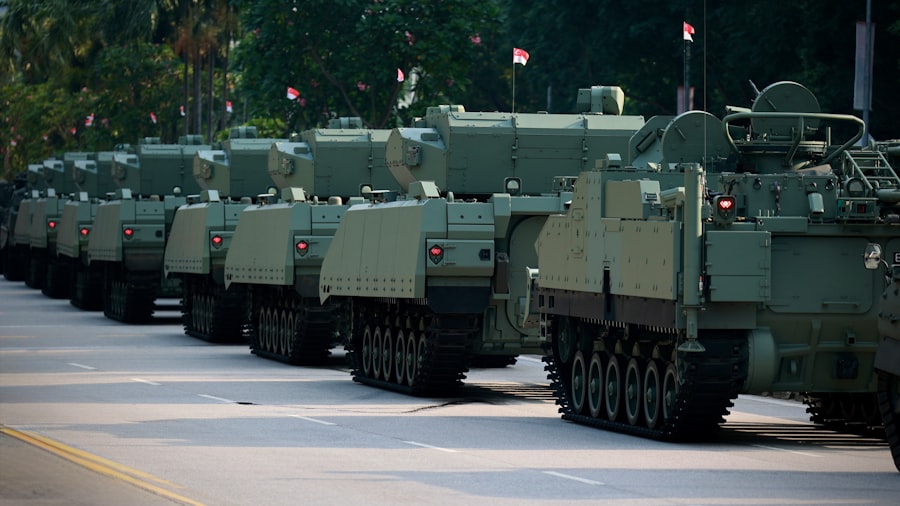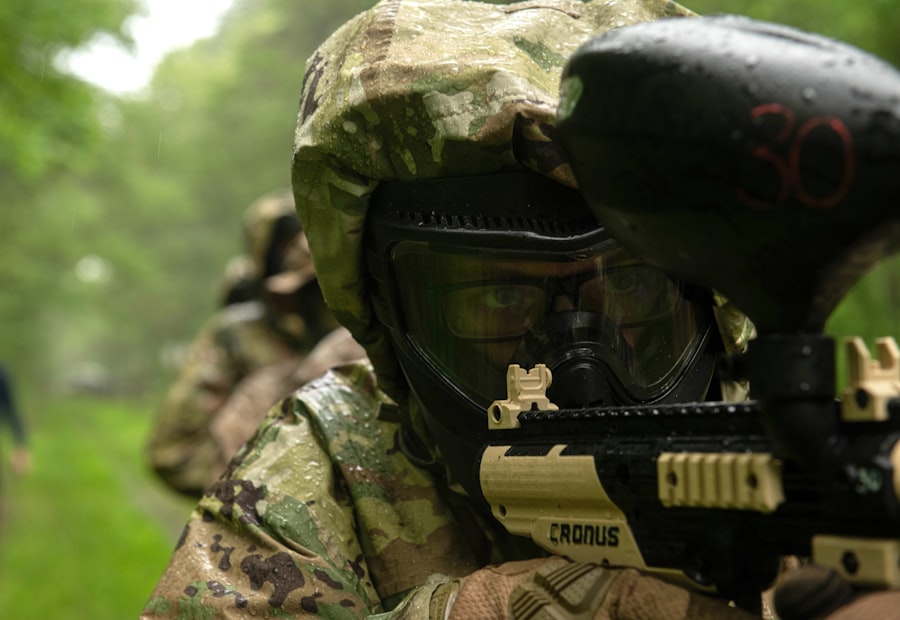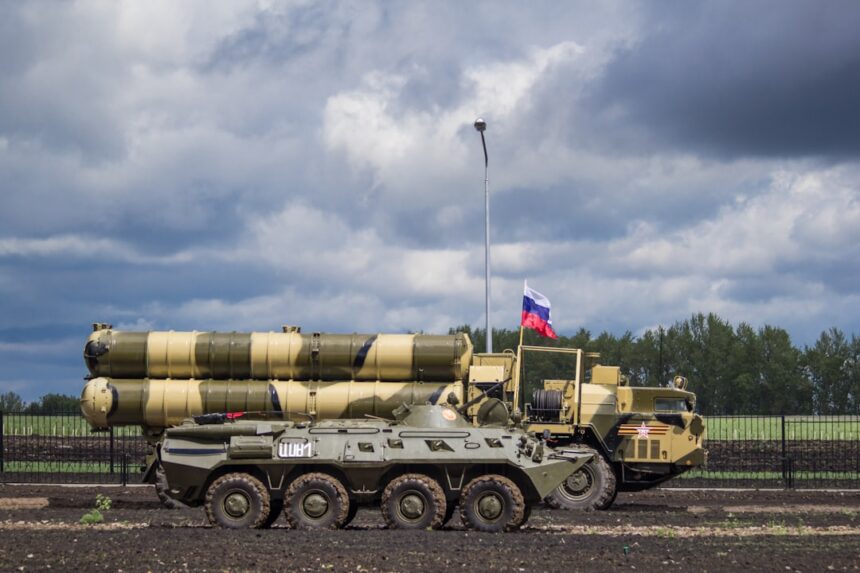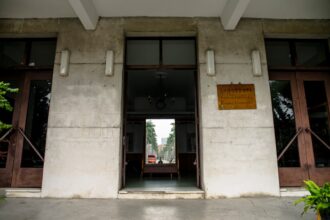The historical context of Russian military readiness is deeply rooted in the nation’s tumultuous past, marked by a series of conflicts and geopolitical shifts. From the Tsarist era through the Soviet Union and into the present-day Russian Federation, military preparedness has been a cornerstone of national policy. The Cold War period, in particular, saw the Soviet Union amass a formidable military force, driven by ideological competition with the West.
Following the dissolution of the Soviet Union in 1991, Russia faced significant challenges in maintaining its military capabilities. The 1990s were characterized by economic turmoil and a decline in military funding, leading to a deterioration of equipment and morale within the armed forces.
However, the early 2000s marked a turning point as President Vladimir Putin prioritized military reform and modernization. This historical trajectory has shaped the current state of Russian military readiness, reflecting both the lessons learned from past conflicts and the ongoing need to adapt to contemporary security challenges.
Key Takeaways
- Russian military readiness has been shaped by a long history of conflicts and geopolitical challenges.
- The current state of Russian military equipment and technology is a mix of modern advancements and outdated systems.
- Budget constraints have had a significant impact on the readiness of the Russian military, leading to equipment shortages and maintenance issues.
- Recruitment and training issues in the Russian military have affected the overall preparedness and effectiveness of the armed forces.
- Geopolitical challenges, including tensions with neighboring countries and involvement in regional conflicts, have put pressure on Russian military readiness.
Current State of Russian Military Equipment and Technology
The current state of Russian military equipment and technology is a complex tapestry woven from decades of development, procurement, and modernization efforts. Russia boasts a diverse arsenal that includes advanced tanks, aircraft, naval vessels, and missile systems. The T-14 Armata tank, for instance, represents a significant leap in armored warfare technology, featuring an unmanned turret and advanced armor systems designed to withstand modern battlefield threats.
Additionally, Russia’s Su-57 stealth fighter jet showcases its commitment to developing cutting-edge aerial capabilities that can compete with Western counterparts. However, despite these advancements, challenges remain in the realm of military technology. Many of Russia’s systems are aging or suffer from production delays, which can hinder operational readiness.
The reliance on domestic production for critical components has also exposed vulnerabilities, particularly in light of international sanctions that have restricted access to foreign technologies. As a result, while Russia possesses impressive military hardware, the effectiveness of its forces is often tempered by logistical issues and the need for ongoing modernization.
Budget Constraints and Impact on Military Readiness

Budget constraints have emerged as a significant factor influencing Russian military readiness in recent years. While the Kremlin has made substantial investments in defense spending, economic sanctions and fluctuating oil prices have created financial pressures that complicate long-term planning. The Russian government allocates a considerable portion of its budget to military expenditures, yet competing domestic priorities—such as healthcare and infrastructure—often limit available resources for defense initiatives.
These budgetary limitations have tangible effects on military readiness. For instance, while new equipment is being developed and procured, maintenance and upgrades for existing systems may be neglected due to funding shortfalls. This can lead to a situation where the armed forces possess advanced technology on paper but struggle to maintain operational effectiveness in practice.
Furthermore, budget constraints can impact recruitment and training programs, as financial limitations may restrict the number of personnel that can be adequately trained or equipped for modern warfare.
Recruitment and Training Issues in the Russian Military
| Issue | Metrics |
|---|---|
| Recruitment | Low number of qualified applicants |
| High attrition rates | |
| Training | Lack of modern training equipment |
| Insufficient training hours |
Recruitment and training issues present significant challenges for the Russian military as it seeks to maintain a capable fighting force. The demographic decline in Russia has resulted in a shrinking pool of eligible recruits, making it increasingly difficult to fill ranks with qualified personnel. This trend is exacerbated by public perceptions of military service, which may deter young Russians from pursuing careers in the armed forces.
As a result, the military faces an uphill battle in attracting talent necessary for sustaining operational readiness. Training programs within the Russian military have also come under scrutiny. While there have been efforts to modernize training methodologies and incorporate advanced simulation technologies, inconsistencies in training quality persist across different branches of the armed forces.
The emphasis on quantity over quality can lead to inadequately prepared soldiers who may struggle to adapt to complex combat scenarios. Addressing these recruitment and training challenges is essential for ensuring that the Russian military remains capable of responding effectively to contemporary threats.
Geopolitical Challenges and their Impact on Russian Military Readiness
Geopolitical challenges play a crucial role in shaping Russian military readiness, as the nation navigates a complex international landscape marked by tensions with NATO and neighboring countries. The annexation of Crimea in 2014 and subsequent involvement in conflicts such as those in Syria and Ukraine have heightened Russia’s focus on military preparedness. These actions reflect a strategic imperative to assert influence in its near abroad while countering perceived encroachments by Western powers.
The ongoing geopolitical tensions have necessitated a reevaluation of military strategies and priorities. Russia’s military posture has shifted towards a more aggressive stance, with increased emphasis on rapid deployment capabilities and hybrid warfare tactics. However, these geopolitical challenges also strain resources and require careful management of military assets.
The need to maintain readiness across multiple fronts can stretch the armed forces thin, potentially impacting their ability to respond effectively to emerging threats.
Cybersecurity Threats and the Russian Military

In an era where warfare extends beyond traditional battlefields, cybersecurity threats have emerged as a critical concern for the Russian military. As digital infrastructure becomes increasingly integral to national security, vulnerabilities in cyber defenses can have far-reaching implications for military operations. Russia has recognized this reality and has invested significantly in developing cyber capabilities aimed at both offensive and defensive operations.
The Russian military’s approach to cybersecurity reflects a broader strategy that encompasses information warfare and psychological operations. By leveraging cyber tools, Russia seeks to disrupt adversaries’ communications and sow discord within their societies. However, this focus on cyber capabilities also necessitates robust defenses against potential cyberattacks targeting its own systems.
As cyber threats continue to evolve, maintaining resilience against these challenges will be essential for ensuring the operational readiness of the Russian military.
Strategic and Tactical Readiness of the Russian Military
The strategic and tactical readiness of the Russian military is characterized by a dual focus on conventional warfare capabilities and asymmetric strategies. The doctrine emphasizes rapid mobilization and deployment of forces, allowing for swift responses to emerging threats. This approach is underpinned by extensive exercises designed to test operational readiness across various scenarios, from large-scale conventional conflicts to hybrid warfare situations.
However, while Russia has made strides in enhancing its strategic posture, challenges remain in translating doctrine into effective execution on the battlefield. The integration of new technologies into existing frameworks can be complex, requiring ongoing adaptation and training. Additionally, the reliance on traditional tactics may limit flexibility in responding to unconventional threats posed by non-state actors or cyber warfare.
Balancing these elements will be crucial for maintaining a state of readiness that can effectively address diverse security challenges.
Defense Industry Challenges and their Impact on Russian Military Readiness
The defense industry serves as the backbone of Russian military readiness, providing essential equipment and technology necessary for operational effectiveness. However, this sector faces numerous challenges that can impede its ability to meet the demands of modern warfare. Issues such as outdated production facilities, reliance on aging technologies, and difficulties in attracting skilled labor contribute to delays in procurement and modernization efforts.
Moreover, international sanctions imposed on Russia have further complicated matters for its defense industry. Restrictions on access to foreign components and technologies have forced domestic manufacturers to innovate under constrained circumstances. While this has spurred some advancements in indigenous production capabilities, it has also highlighted vulnerabilities within the supply chain that could impact overall military readiness.
Modernization Efforts and their Impact on Russian Military Readiness
Modernization efforts within the Russian military are aimed at enhancing capabilities across various domains, including land, air, sea, and cyber warfare. The government has prioritized investments in advanced weaponry and systems designed to counter perceived threats from NATO and other adversaries. Initiatives such as the State Armament Program outline ambitious goals for upgrading existing platforms while developing new technologies that align with contemporary warfare requirements.
These modernization efforts have yielded tangible results; however, they are not without challenges. The pace of technological advancement often outstrips production capabilities, leading to delays in fielding new systems. Additionally, integrating new technologies into existing operational frameworks requires extensive training and adaptation among personnel.
As modernization continues to unfold, balancing innovation with practical implementation will be essential for maintaining overall military readiness.
International Cooperation and its Role in Russian Military Readiness
International cooperation plays a multifaceted role in shaping Russian military readiness, influencing both strategic partnerships and defense collaborations. While Russia has historically pursued alliances with countries such as China and India to bolster its defense capabilities, geopolitical tensions with Western nations have limited opportunities for collaboration with NATO members. Nevertheless, joint exercises and arms sales with non-Western partners have allowed Russia to enhance its operational capabilities while diversifying its defense relationships.
These international partnerships can provide valuable insights into emerging technologies and tactics that contribute to overall military readiness. However, reliance on external collaborations also carries risks; geopolitical shifts or changes in leadership can disrupt established agreements or lead to reduced cooperation over time. As Russia navigates an increasingly complex global landscape, fostering strategic alliances while maintaining self-sufficiency will be crucial for ensuring sustained military effectiveness.
Future Outlook for Russian Military Readiness
The future outlook for Russian military readiness is shaped by a confluence of factors that will determine its trajectory in an evolving security environment. As geopolitical tensions persist and new threats emerge—ranging from cyber warfare to regional conflicts—the need for a capable and adaptable military force remains paramount. Continued investments in modernization efforts will be essential for maintaining technological superiority while addressing existing vulnerabilities within the defense sector.
Moreover, addressing recruitment and training challenges will be critical for ensuring that personnel are adequately prepared for modern combat scenarios. As demographic trends continue to impact recruitment pools, innovative approaches may be necessary to attract talent into the armed forces. Ultimately, the future of Russian military readiness will depend on its ability to balance modernization with effective resource management while navigating an increasingly complex geopolitical landscape that demands agility and resilience from its armed forces.
In recent years, concerns have been raised about the readiness and effectiveness of Russian military training programs. These issues have been highlighted in various analyses and reports, pointing to potential gaps in preparedness and operational efficiency. For a deeper understanding of these challenges, you can explore a related article on this topic by visiting In The War Room. This resource provides insights into the complexities and strategic implications of military training readiness within the Russian armed forces.
WATCH NOW! 🎖️ Plot Twist: Russia’s Military Is Being Eaten Alive By Its Own Corruption
FAQs
What are the main issues affecting Russian military training readiness?
The main issues affecting Russian military training readiness include outdated equipment, insufficient funding, and a lack of modern training techniques.
How does outdated equipment affect Russian military training readiness?
Outdated equipment hinders the ability of the Russian military to effectively train and prepare for modern warfare scenarios. It can also lead to increased maintenance and repair costs.
What role does insufficient funding play in Russian military training readiness?
Insufficient funding limits the resources available for training exercises, equipment upgrades, and personnel development, which can impact the overall readiness of the Russian military.
How does a lack of modern training techniques impact Russian military training readiness?
A lack of modern training techniques can hinder the ability of the Russian military to adapt to new and evolving threats, potentially reducing their effectiveness in combat situations.
What steps is the Russian government taking to address these issues?
The Russian government has announced plans to increase military spending and modernize its armed forces, including investing in new equipment and training methods to improve readiness.




